Ask the Expert: Elisabeth Chizek, Equine Nutritionist
Q: I am from the Northeast and just moved to the South with my horse. My barn feeds coastal hay. I am unfamiliar with this type of hay, but I’ve heard that it can cause horses to colic. Is coastal safe to feed to my horse?
A: Coastal bermudagrass (Cynodon Dactylon) is a perennial warm season grass that, when made into hay, is generally fine-textured due to slender stems and narrow leaves. Coastal bermudagrass is grown on approximately 15 million acres across the southeastern United States where it thrives in hot summers and mild winters. Because it can be produced locally, it is commonly fed to horses throughout the southeast. Coastal hay generally has less protein and energy and more fiber when compared with cool-season grass hays like timothy or orchardgrass. The stage of harvest is particularly important for coastal hay because as it matures the amount of indigestible fiber increases while protein and digestible energy decreases. When harvested at the correct stage of maturity, coastal bermudagrass hay can be a great forage choice for horses at maintenance or light work that do not have high nutritional requirements.
Many horse owners believe coastal bermudagrass hay can cause colic, or more specifically, ileal impaction colic. While some survey type studies have shown an association between the two, a definitive cause-and-effect relationship has not been demonstrated. These studies mainly implicate the high fiber content of coastal hay when harvested at a mature stage. However, they do not evaluate key aspects of feeding management that could have contributed to increased risk of colic. There are also just as many studies that have not shown any association between the consumption of coastal bermudagrass hay and ileal impaction.
There are some management considerations that can decrease your horse’s risk for impaction colic. If your horse has a history of colic, I would recommend feeding a hay type other than coastal. Transition a horse very slowly to the new coastal hay from their old hay. I usually recommend taking about 2 weeks to gradually increase the new hay and decrease the old hay. If you have a horse that eats hay very quickly in a stall, try a slow feed hay net to keep them from eating too much too quickly. Many impaction colics occur in early fall when horses have eaten most of the grass down and owners put out round bales. This is most likely due to horses eating too much hay too quickly without drinking enough water causing an impaction. If you feed pastured horses with round bales, slowly increase the amount of hay or time they have access to the bale until they are acclimated. Water consumption is very important, which is why I always recommend feeding plain white salt (1-2 TBS per day) or an electrolyte supplement to encourage drinking even during winter.
If it is possible to have the barn hay tested, that can give you an indication of the quality of the hay and its maturity. Neutral detergent fiber (NDF) is an indicator of indigestible fiber content. The greater the %NDF, generally the more mature the hay was at harvest. Good quality horse hay should have less than 65% NDF. If you have further concerns about feeding coastal hay, looking for coastal hay scientific information, or need help evaluating your hay test, contact an equine nutritionist.
Elisabeth Chizek, M.S., is an equine nutritionist and owner of Balance Equine Consulting, LLC based in Georgia. Elisabeth graduated from the University of Georgia with a B.S. in Animal Sciences, and the University of Florida with a M.S. in Equine Nutrition. She specializes in retraining OTTBs for eventing and dressage. info@balanceequineconsulting.com.

